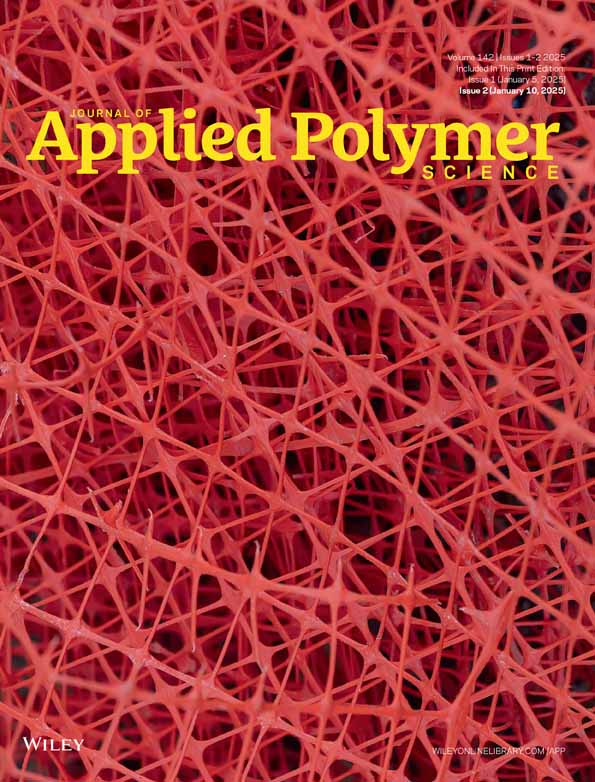Synthesis of perylene-PEO hyperdispersants for aqueous graphene dispersion
Abstract
Graphene, with excellent thermal conductivity, electrical and corrosion shielding performance has great application potential in the fields of heat dissipation coating, conductive agent and anticorrosion composite coatings. However, due to its large specific surface area, resulting strong aggregation behavior limits its application. Herein, the hyperdispersants with perylene anchoring groups are synthesized through the amidation coupling reaction between diacid anhydride and polyetheramine. The branching degree and length of hydrophilic chains on hyperdispersant are revealed to be the very important factors to affect the dispersion stability of aqueous graphene dispersion. The hyperdispersant with a single hydrophilic chain and the molecular weight 2000 of polyetheramine has the excellent dispersal activity discovered by Rheology, particle size distribution and Raman measurements. The possible mechanism is the strongest anchoring effect of perylene on graphene surface and thus achieving in best effective spatial exclusion stabilization effect of hydrophilic chains.
CONFLICT OF INTEREST
The authors declare no conflict of interest.
Open Research
DATA AVAILABILITY STATEMENT
Research data are not shared.




